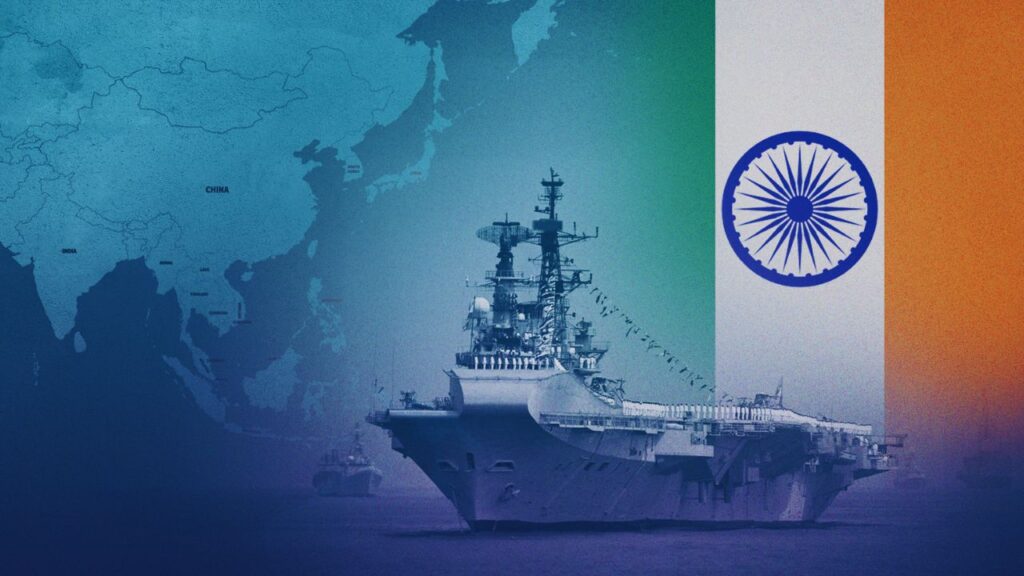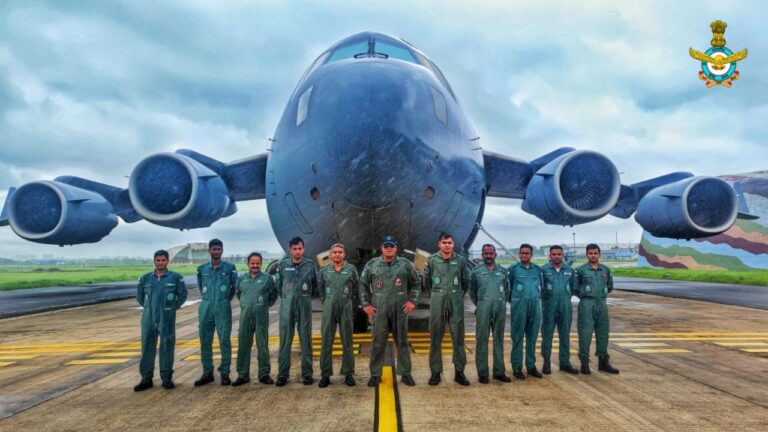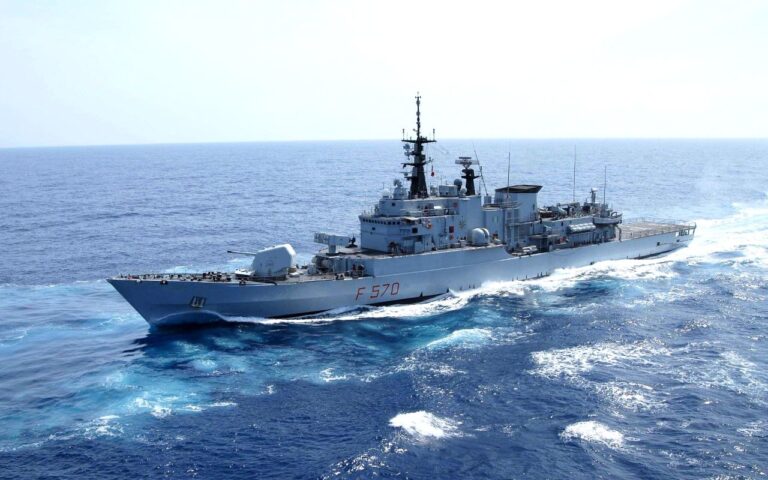
The Indo-Pacific region has emerged as the epicenter of 21st-century geopolitics, reflecting a convergence of strategic, economic, and military interests. Stretching from the western shores of India to the Pacific islands, the region is home to some of the world’s fastest-growing economies, critical maritime trade routes, and key natural resources. In recent years, the Indo-Pacific has witnessed intensified competition among major powers, primarily the United States, China, and India, with implications for regional stability, economic growth, and global security.
India’s increasing engagement in the Indo-Pacific underscores its ambition to secure strategic interests, uphold a rules-based order, and assert itself as a key player in regional and global geopolitics. Understanding the dynamics of this complex environment requires an examination of the evolving power balance, emerging threats, and opportunities for multilateral cooperation.
China’s Assertive Posture
China’s rise as a global economic and military power has profoundly altered the Indo-Pacific security landscape. Through initiatives such as the Belt and Road Initiative (BRI) and the Maritime Silk Road, China has expanded its influence in Southeast Asia, the Indian Ocean, and beyond. Concurrently, its assertive territorial claims in the South China Sea, including militarization of artificial islands and naval deployments, challenge international norms and threaten freedom of navigation.
The Chinese People’s Liberation Army Navy (PLAN) has expanded its blue-water capabilities, conducting operations in the Indian Ocean and engaging in joint exercises with regional partners. These developments signal China’s intention to secure maritime trade routes, project power, and counterbalance U.S. influence in the region.
United States and Indo-Pacific Strategy
In response, the United States has reasserted its commitment to the Indo-Pacific through initiatives like the Indo-Pacific Strategy and increased military presence in the region. Washington seeks to maintain a balance of power, ensure open sea lanes, and foster alliances with like-minded democracies. Enhanced cooperation with Japan, Australia, South Korea, and India reflects a strategic effort to counterbalance China’s influence while promoting economic and security partnerships.
The Quadrilateral Security Dialogue (Quad), comprising India, the United States, Japan, and Australia, has emerged as a central platform for regional engagement. Through joint naval exercises, intelligence sharing, and coordinated policy frameworks, the Quad aims to uphold a rules-based maritime order, enhance maritime security, and strengthen deterrence against coercive tactics.
India’s Strategic Role
India occupies a unique geographic and strategic position in the Indo-Pacific. The country controls critical sea lanes in the Indian Ocean, hosts key naval bases, and possesses growing blue-water capabilities. Its foreign policy emphasizes maritime diplomacy, defense modernization, and regional partnerships to ensure stability and security.
Recent initiatives, including the Indo-Pacific Oceans Initiative (IPOI) and enhanced bilateral engagement with Southeast Asian nations, reflect India’s commitment to fostering a free, open, and inclusive Indo-Pacific. India’s participation in multilateral exercises, such as the Malabar Naval Exercise with the U.S., Japan, and Australia, demonstrates its operational readiness and collaborative approach.
Regional Dynamics and Smaller States
Smaller Indo-Pacific nations, including Vietnam, Indonesia, Malaysia, and Singapore, face a delicate balancing act. Economic incentives offered by China through investments and trade are juxtaposed against security concerns arising from territorial disputes and assertive military posturing. These nations increasingly rely on multilateral frameworks, diplomatic engagements, and strategic hedging to protect sovereignty while benefiting from economic growth.
The Association of Southeast Asian Nations (ASEAN) continues to play a pivotal role in shaping regional consensus, promoting dialogue, and preventing unilateral actions that could destabilize the region. India’s engagement with ASEAN, through trade agreements, naval collaboration, and policy dialogues, further strengthens its regional influence.
Emerging Threats and Security Challenges
The Indo-Pacific is not merely a theater of conventional military power; emerging technologies, cyber capabilities, and space assets significantly influence regional security. The growing use of unmanned systems, artificial intelligence in surveillance, and satellite-based communication has transformed strategic calculations.
Non-traditional security threats, including piracy, climate change, and resource competition, also pose significant challenges. The Indo-Pacific’s reliance on maritime trade routes makes it vulnerable to disruptions, necessitating enhanced maritime domain awareness and coordinated response mechanisms. Cybersecurity is another critical dimension, as state and non-state actors increasingly target critical infrastructure, communication networks, and financial systems.
Opportunities for Multilateral Cooperation
Given the region’s complexity, multilateral cooperation is essential to maintaining stability. Initiatives such as the Quad, ASEAN Defense Ministers’ Meeting-Plus (ADMM-Plus), and the Indian Ocean Rim Association (IORA) provide platforms for dialogue, joint exercises, and policy coordination. Strengthening regional institutions, enhancing intelligence sharing, and fostering technology partnerships are key to addressing evolving security challenges.
India’s leadership in promoting maritime cooperation, disaster response, and capacity building among smaller nations reinforces its strategic credibility. Investment in indigenous defense capabilities, research in emerging technologies, and participation in multilateral forums enable India to contribute meaningfully to regional stability.
Conclusion
The Indo-Pacific is at a critical juncture, where shifting power dynamics, economic interdependence, and technological advancements are redefining security paradigms. China’s assertive policies, U.S. strategic engagement, and India’s proactive role create a complex interplay of power, necessitating careful diplomacy, robust defense preparedness, and strategic foresight.
For India, securing its interests in the Indo-Pacific requires a multi-dimensional strategy encompassing military readiness, diplomatic engagement, and economic influence. By balancing cooperation with deterrence, India can strengthen regional stability, contribute to a rules-based order, and enhance its position as a credible global player.
As the Indo-Pacific continues to evolve, nations must recognize that security is increasingly interconnected—maritime, cyber, technological, and environmental dimensions converge to define regional resilience. India’s strategic approach, grounded in partnerships, self-reliance, and operational readiness, will determine its ability to navigate this dynamic and pivotal region.






